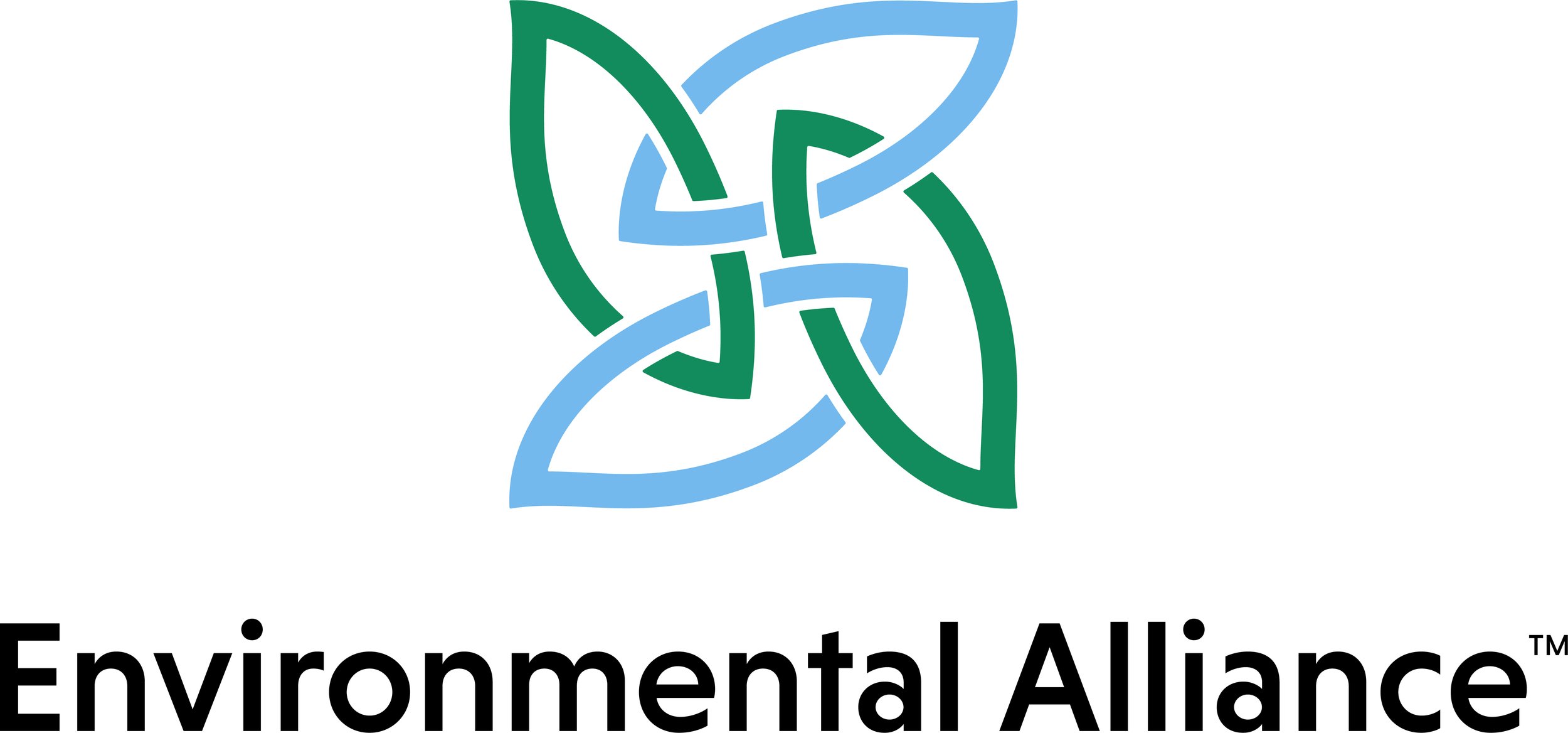What is the Clean Water Act?
The Clean Water Act (CWA) is one of the most important environmental protection laws in the United States. Recently it was the focus of multiple high-profile Supreme Court Cases, including the case of County of Maui v. Hawaiʻi Wildlife Fund.
As water pollution increases annually and levels are predicted to rise, the Clean Water Act will be essential in the fight against environmental degradation.
Photo by Jeremy Bezanger on Unsplash
History of the Clean Water Act
The most important yet widely debated aspect of the Clean Water Act is how point and nonpoint sources of pollution are distinguished.
A point pollution source means it can be directly traced to a specific source, such as a pipeline rupture.
A nonpoint source refers to pollution so generalized that identifying a single source is almost impossible, even if it is generally known.
A great example of nonpoint source pollution is car exhaust pipes; society knows they pollute greenhouse gasses into the atmosphere, but you can’t narrow down a single exhaust pipe to ‘stop’ the pollution. The CWA prohibits point source pollution into navigable bodies of water. Many companies have attempted to get around CWA restrictions by claiming pollution is nonpoint, and thus the law isn’t applicable, an idea explored later in this article.
In 1948, the CWA was first enacted under a different name, the Federal Water Pollution Control Act (FWPCA). It became the well-known CWA in 1972 when the legislation was expanded. During the 1970s, 2/3rds of America’s navigable waters were deemed unsafe from sources such as untreated sewage dumping. This prompted the expansion of the FWPCA into the CWA.
What made the laws different?
The 1972 amendments focused on creating a regulatory system for pollutant discharge, giving EPA authority over the system, setting requirements for water standards, required National Pollutant Discharge Elimination System Permits, construction of new sewage plants, and pollution tracking of point and nonpoint sources.
An example of the CWA in action is its application towards setting wastewater standards for industries. If an industry is known to pollute, it can attempt to obtain a National Pollutant Discharge Elimination System (NPDES) permit, which regulates point sources and requires strict monitoring, compliance, and performance to maintain the permit.
Photo by Andrew Bain on Unsplash
CWA in the News
Recent supreme court cases involving the CWA are changing the way the law is applied, specifically holding companies and industries accountable for their pollution. The largest and most publicized case was the case of the County of Maui v. Hawaiʻi Wildlife Fund. The CWA defines point sources of pollution as discernible, confined, and discrete conveyances.
An important distinction here is that the CWA focuses on navigable waters and not groundwater. The case involves the County of Maui’s Lahaina Wastewater Reclamation Facility, which treated wastewater in underground injection control wells (UIC) in which groundwater mixes with effluent and eventually makes its way to the ocean. 90% of this mixture entered the ocean from an unidentifiable entry point.
The question here was, does this groundwater count as point source pollution even though it was not directly discharged and resultantly requires an NPDES permit?
In a 6-3 decision, the supreme court ruled that the County of Maui did require a permit for their groundwater pollution. The importance of this case is that the CWA can be applied broadly instead of being limited to specific instances. The majority opinion centered on point sources of pollution having a broad definition, which will now serve as the precedent in CWA cases.
Much of today’s pollution is caused by capitalist industries. With their excessive capital, these industries find ways around environmental laws because it is often cheaper to pollute than adhere to environmental standards, including choosing to pay fees or fines related to pollution rather than raise their production standards.
Every country has its own environmental laws that make it more challenging to regulate; many companies outsource production to countries with few regulations to avoid these fees and standards.
To put that into context, California has its own cap-n-trade system requiring companies to pay for emission permits, making many switch their production to other states and elsewhere. TESLA recently switched its production center from California to Texas to avoid capital gains taxes, showing how companies shift their production to cut corners, even at the expense of their consumers.
Photo by Linus Nylund on Unsplash
What’s Next?
What can consumers do?
The simplest answer is to stay up to date on environmental news. Every informed consumer is one step closer to societal change. Many of these companies and industries get away with polluting because they cut corners and seek out loopholes.
For example, the Dakota Access Pipeline was only approved by having many individual NPDES permits issued by the Army Corps of Engineers for small tracts of the pipeline, even though it posed a direct risk to navigable waters. The individual tracts each posed a small threat; thus, they could individually obtain a permit.
Utilizing social media, boycotting companies, conversing with friends on these subjects, even protesting will all play a role in the future of our planet.
The better informed the public is, the less these companies can get away with. Forcing companies to take accountability by leveraging our rights as consumers is the way of the future.
+7 Resources
“Column: Elon Musk's Moving Tesla's HQ to Texas Is Mostly about Posturing.” Los Angeles Times, Los Angeles Times, 11 Oct. 2021, https://www.latimes.com/business/story/2021-10-11/tesla-texas-elon-musk.
“County of Maui, Hawaii v. Hawaii Wildlife Fund.” Oyez, https://www.oyez.org/cases/2019/18-260.
Environmental Works. “History of the Clean Water Act.” Environmental Works, 25 July 2020, https://www.environmentalworks.com/history-of-the-clean-water-act/.
National Geographic Society. “Point Source and Nonpoint Sources of Pollution.” National Geographic Society, 15 July 2019, https://www.nationalgeographic.org/encyclopedia/point-source-and-nonpoint-sources-pollution/.
“National Pollutant Discharge Elimination System (NPDES).” EPA, Environmental Protection Agency, https://www.epa.gov/npdes.
“On the U.S. Army Corps' Aug. 31 Decision on the Dakota Access Pipeline.” Earthjustice, 29 June 2020, https://earthjustice.org/features/inside-the-legal-case-dapl-update.
“Summary of the Clean Water Act.” EPA, Environmental Protection Agency, https://www.epa.gov/laws-regulations/summary-clean-water-act.



